Who wants to dig and turn rock-hard soil? Not me!
If you have actual land to plant things in, this method will save you a lot of work. Our yard had horrible impacted soil, mostly rocks about 6 inches down, and was covered in all kinds of weeds. All we could do was have it mowed, because it was impossible to dig in.
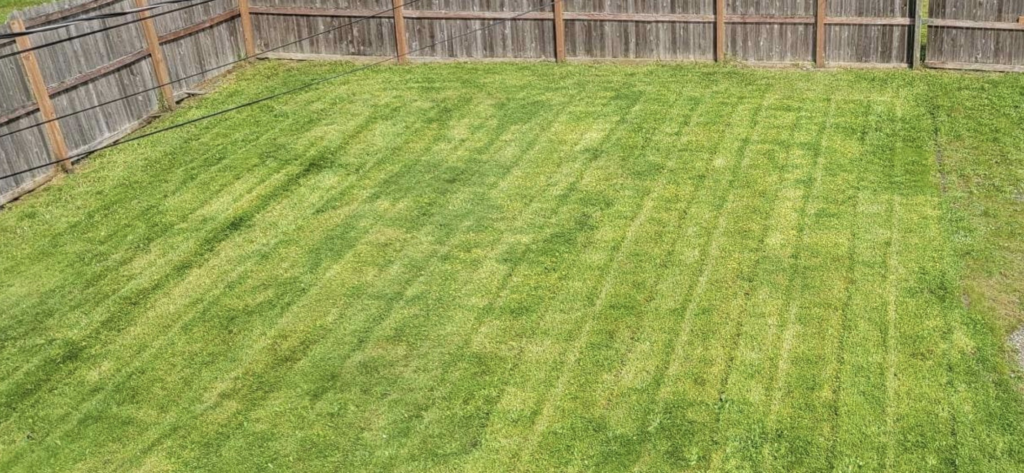
I tried container gardening, and was considering raised beds, when I came across Charles Dowding and his No-Dig method on YouTube. He just laid cardboard over weeds, watered it, covered it in compost, soil and straw, and watered it some more. Done! Would this work for me?
I started by laying down the cardboard right on top of the weeds, and watered it down until it was soaking wet.
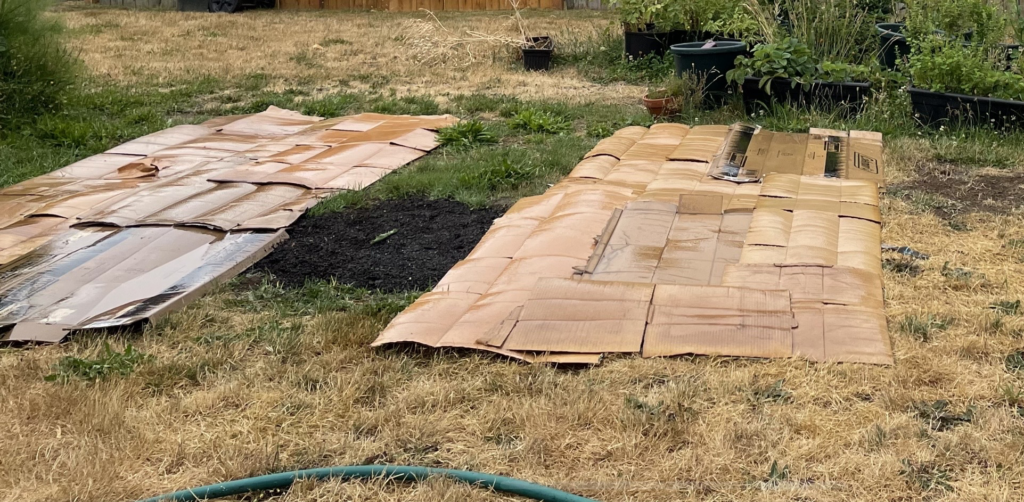
Then, I sprinkled my meager supply of not-quite-processed compost.
I worried that it wasn’t enough. This first season I was fine, because the soil I purchased was already high in nitrogen. If I’d added more compost I probably would have killed my plants!
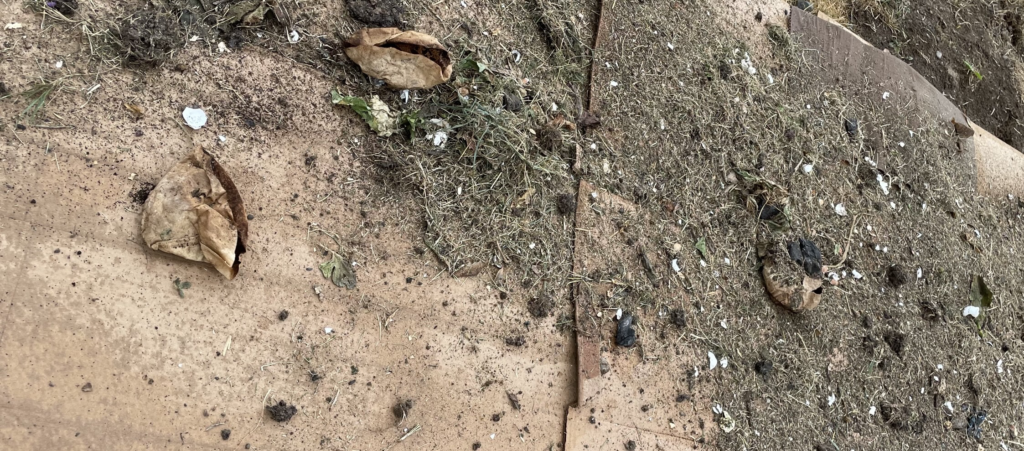
Next, I added a generous 18 inches of quality soil, watering it thoroughly.
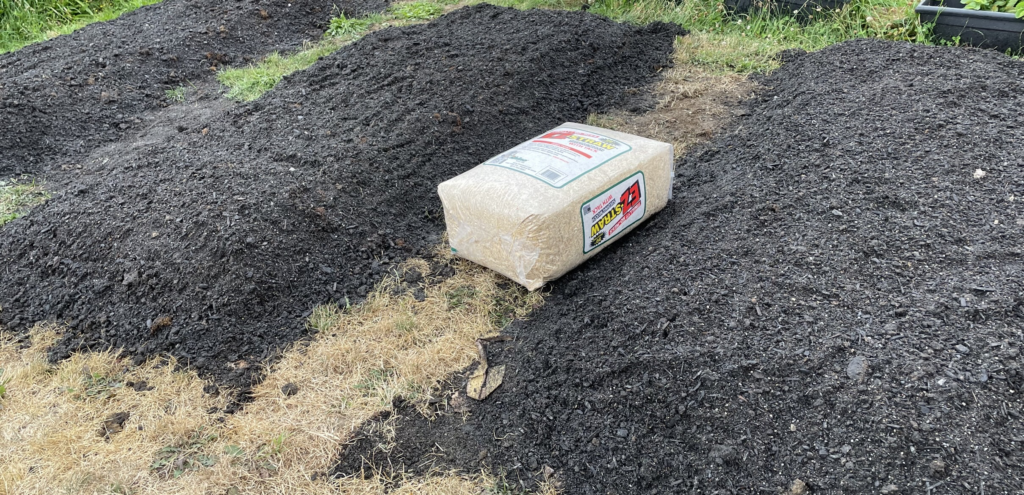
Lastly, I covered each bed with a thick 8 inches of straw, and watered this down as well.
They looked like huge piles of shredded wheat.

I planted seeds and starts and kept them watered. Here is how it began:
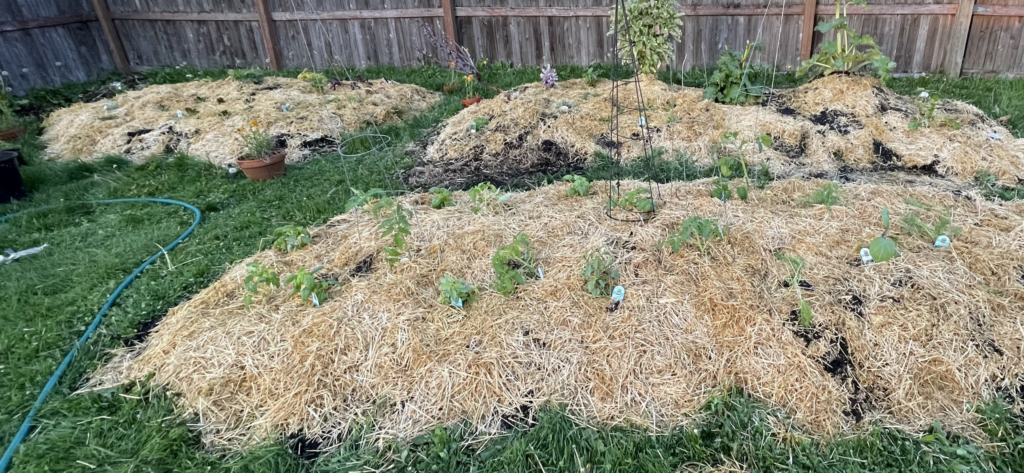
Here’s how it looked in two months!
It was a wild and messy jungle, with more food than we could even keep up with.

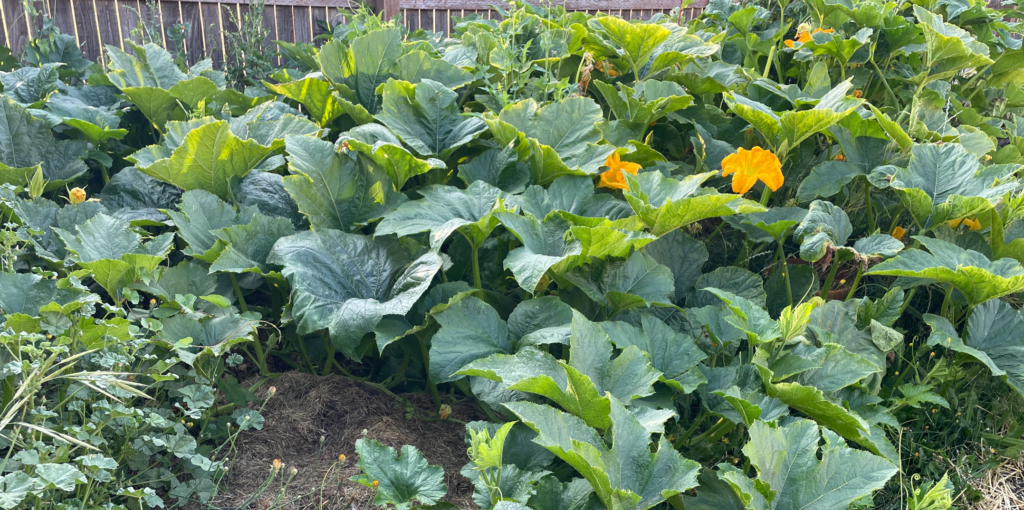
Why are these beds just “piles” on the ground with no border?
This was intentional. David Trood of “The Weedy Garden” shows on his YouTube channel how to make “swales”, or raised areas of land, to make use of the way water flows during rainfall. Our yard is on a slight slope, going down towards the house. Having these beds oriented horizontally instead of vertically means that rainwater flows into the beds and gets absorbed and used by my plants instead of simply draining under the house and into the storm drain system. This not only saves water, but also absorbs run-off from the alley behind our house, and replenishes the groundwater.
Why did I have such insane beginner’s luck?
I think it is the combination of the undisturbed soil ecosystem, and the right nitrogen – carbon balance. Also known as “greens” and “browns”.
The straw is carbon, or “browns” and the soil and compost provided the “greens” or nitrogen. When it comes to composting, you want more “browns” or carbon, than “greens”, or nitrogen. Not enough nitrogen and your plants will be yellow and sickly. Too much nitrogen and the plants are “burned” by it, turn brown, and die. Hitting that balance is crucial, and you usually want about three times more browns than greens. This current season I know the nitrogen in my soil got munched up by this jungle, so I’ll be adding “greens” (chicken manure pellets along with more compost.) with my “browns”. (The straw.)
The living pieces of a soil or compost ecosystem communicate and interact with each other to exchange matter. This process is interrupted when we disturb the soil, just like disturbing a coral reef disrupts the life forms living there. Then we are left to supply for our plants what we have destroyed, resulting in extra work. Soil ecosystems are fragile. Keeping them intact allows them to do a lot of the work for us. This is a key reason why I do not dig or till my garden beds.
Here are some valuable resources that helped me to do all of this:
Charles Dowding and his No-Dig method
https://www.charlesdowding.co.uk/
David Trood and his Weedy Garden (Great information on composting!)
https://www.theweedygarden.com/
Geoff Lawton, world-renowned expert on Permaculture
https://www.discoverpermaculture.com/
Mark Valencia of “Self Sufficient Me”
Materials I found helpful:
TAGRO Soil – Local to WA Sea-Tac Area
EZ Straw

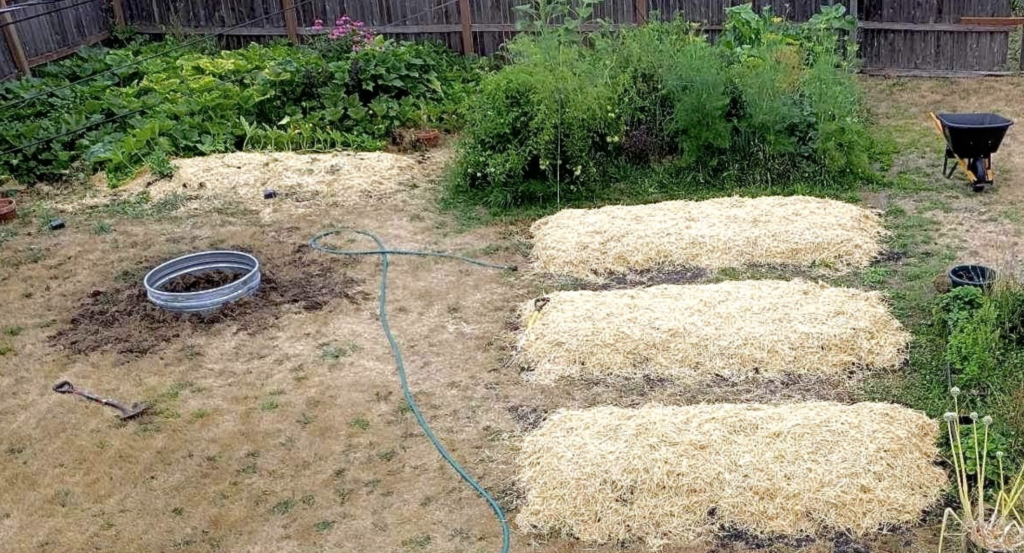
👍❤️